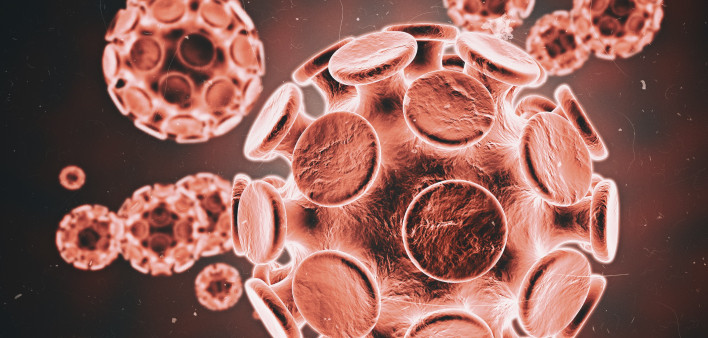An immunotherapy component of a possible HIV-cure combination treatment posted good marks in an early safety and tolerability trial.
One research avenue in the HIV-cure research field involves what is known as a kick-and-kill strategy toward vanquishing the virus. A chief reason standard antiretroviral (ARV) treatment does not cure HIV is the virus hides out in latently infected immune cells that, because they are not active, stay under the radar of ARVs, drugs that only work on replicating cells. In kick-and-kill approaches, researchers seek to drain this viral reservoir by using an agent to wake up replicating cells (the kick) and then employ another means of clearing out those infected cells (the kill).
Publishing their findings in Molecular Therapy, researchers conducted a Phase I trial of an experimental method that would work as the latter portion of the kick-and-kill strategy. They drew HIV-specific immune cells from six HIV-positive people taking fully suppressive ARV therapy. Then the investigators grew these cells in the laboratory and later gave the participants two infusions of 20 million of their own cultured immune cells.
In two of the participants, there was a detectable increase in their CD8 immune cell–related activity against HIV according to some, but not all, tests given after the reinfusions. But looking at the aggregate response among all participants, the treatment was not associated with any appreciable enhancement in the immune system’s response to the virus.
As the researchers predicted, the infusions were not associated with any change in the apparent size of the viral reservoir; after all, there was no kick component to this trial.
The study authors concluded that the trial had achieved its primary aim, which was to show that the reinfusion process was safe and well tolerated; the treatment was indeed associated with few adverse health events.
A separate, ongoing clinical trial is currently investigating whether the use of this reinfusion process, used in combination with a viral latency reversing agent, the HDAC inhibitor vorinostat, may shrink the viral reservoir.
To read a press release about the study, click here.
To read the study abstract, click here.







1 Comment
1 Comment